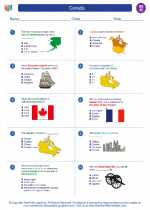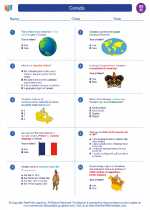Logograms
Logograms are symbols or characters that represent words or morphemes in a language. They are a type of writing system that uses visual symbols to represent specific words or meaningful elements rather than representing individual sounds, as in an alphabet. Logograms are commonly found in languages with writing systems such as Chinese, Japanese, and ancient Egyptian hieroglyphs.
Characteristics of Logograms
- Logograms can represent entire words, morphemes, or concepts.
- They are often visually distinctive and can vary greatly in complexity.
- Logograms can be combined to form compounds or phrases.
- Some logograms may have phonetic components that provide clues to pronunciation.
Examples of Logographic Writing Systems
Chinese: The Chinese writing system primarily consists of logograms known as Chinese characters, which represent words or morphemes. Each character is a unique symbol with its own meaning, and there are thousands of characters in the Chinese script.
Japanese: The Japanese writing system combines logograms (kanji) with syllabic scripts (hiragana and katakana). Kanji characters are logograms borrowed from Chinese and represent words or parts of words in Japanese.
Egyptian Hieroglyphs: In ancient Egypt, the writing system used logograms known as hieroglyphs. These symbols represented words, sounds, or concepts and were often used in religious and monumental inscriptions.
Study Guide
- What are logograms and how do they differ from alphabets?
- What are some characteristics of logograms?
- Provide examples of logographic writing systems and their use of logograms.
- How are logograms used in the Chinese writing system?
- Explain the significance of logograms in ancient Egyptian hieroglyphs.
Understanding logograms is essential for comprehending the writing systems of various languages and cultures. By studying logograms, you can gain insights into the historical, linguistic, and cultural aspects of these writing systems.
.◂Social Studies Worksheets and Study Guides Eighth Grade. Canada

 Worksheet/Answer key
Worksheet/Answer key
 Worksheet/Answer key
Worksheet/Answer key
 Worksheet/Answer key
Worksheet/Answer key
 Worksheet/Answer key
Worksheet/Answer key
